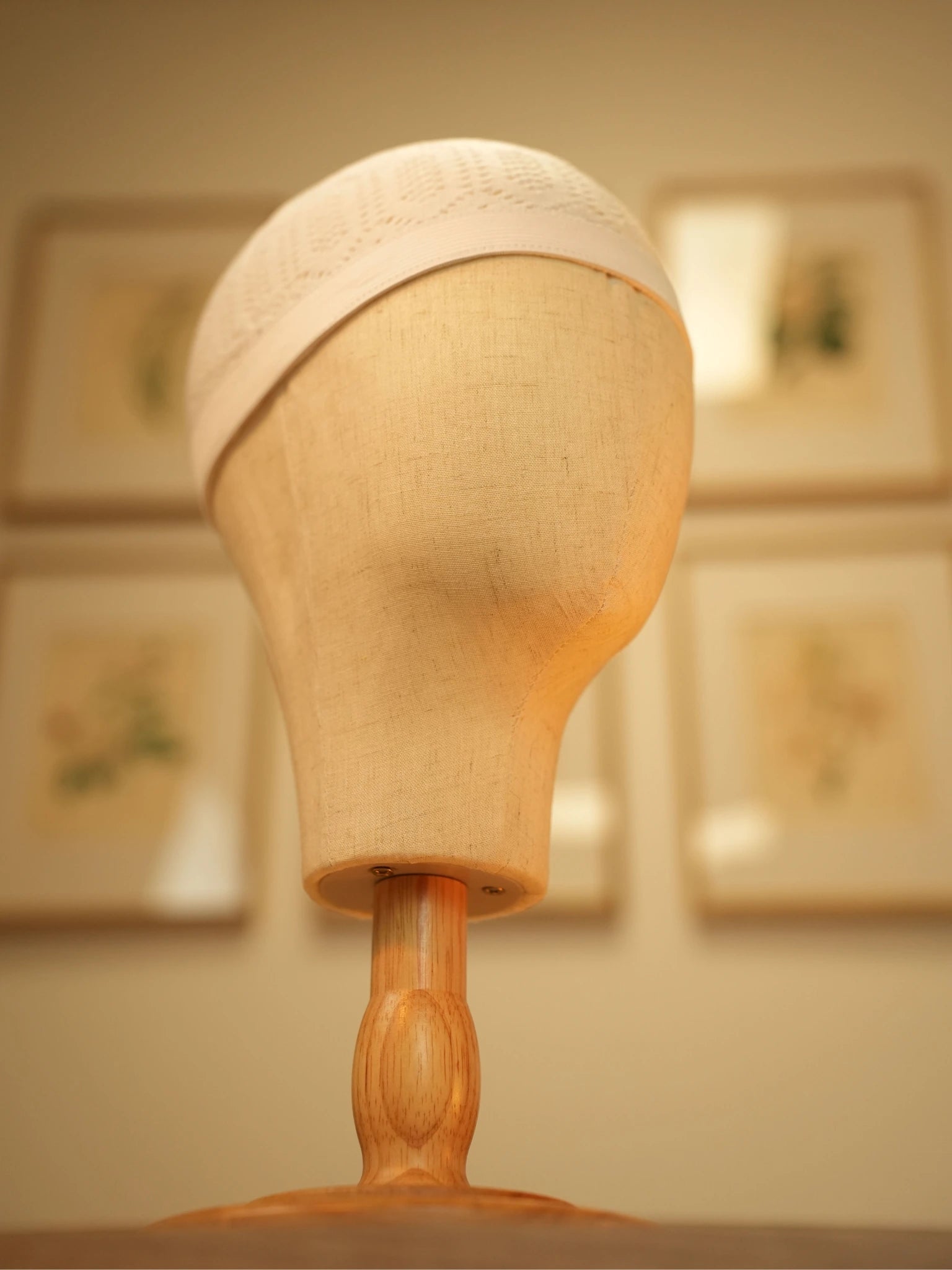The kufi in Islamic Culture: A Symbol of Modesty
Share
The kufi : A Traditional Headgear of Islam
In the Muslim world, the kufi is an emblematic head covering, particularly worn by men to display their faith, their respect for religious traditions and their modesty.
It is not simply a clothing accessory, but a powerful symbol of Muslim cultural and spiritual identity. Although the kufi is often associated with Islam, it spans many cultures and is worn in various Muslim countries and communities.
The kufi, as a traditional head covering, is an integral part of how Muslim men choose to present themselves in their daily lives. This cap, usually made of wool or cotton, is worn over the head as a sign of respect. In some cultures, it is also worn by mature men to assert their religious and social responsibility.
The Importance of Covering the Head in Islam
Islam places special importance on clothing and how an individual chooses to dress.
The Prophet Muhammad (peace and blessings of Allah be upon him) himself wore various types of head coverings, which were in line with the principles of modesty and respect. Although the Quran does not explicitly mention the obligation to wear a head covering, it is very clearly stated that believers must dress with modesty and respect.
The wearing of the kufi, in particular, is associated with the example of many of the companions of the Prophet Muhammad (peace and blessings of Allah be upon him), who advocated humility and simplicity in their way of life.
Men's Headgear Throughout History: A Symbol of Status and Respect
Headgear, whether the kufi, turban, or other types of caps, has always occupied an important place in human culture, long before Islam . Throughout history, people have worn headgear for a variety of reasons, ranging from social status to physical protection, as well as spiritual and cultural symbols.
A Status Symbol
In many ancient societies, headgear was a status symbol. Rulers, kings, and powerful men were often identified by the way they wore their heads. For example, in the Roman Empire, emperors wore crowns and laurels, while in ancient Greece, different types of headgear were worn by different social classes.
Protection Against External Elements
Headgear also played a practical role. In hot, sunny regions, a hat or turban provided protection from the burning sun, while in colder regions, it offered protection from the cold. This utilitarian function has always been essential in many cultures, where the climate often dictated the type of headgear worn.
A Spiritual and Cultural Act
Beyond the practical and social aspects, head covering also has a strong spiritual connotation. In Islam , covering the head is seen as an act of humility and respect.
Head coverings have thus spanned the ages and civilizations, symbolizing both the cultural and spiritual identity of individuals. For Muslim men, even today, wearing the kufi or another head covering is not only a matter of tradition, but also an act of faith, modesty, and respect.
Discover the Noble kufis: Elegance and Modesty at Your Head
To proudly display your faith and style, choose Noble 's kufis. Carefully crafted, our kufis combine comfort, quality, and respect for tradition. Perfect for every occasion, they are a symbol of modesty and spirituality.
Shop now and enjoy fast delivery and products built to last.
👉 Discover our kufis here 👈
The kufi: An Indispensable Part of Daily Life
Wearing a kufi, whether during prayers, community gatherings, or in daily life, is also a way for Muslim men to express their belonging to the Muslim community. The simplicity of this headgear, while being a functional clothing accessory, thus becomes an act of daily spirituality.




